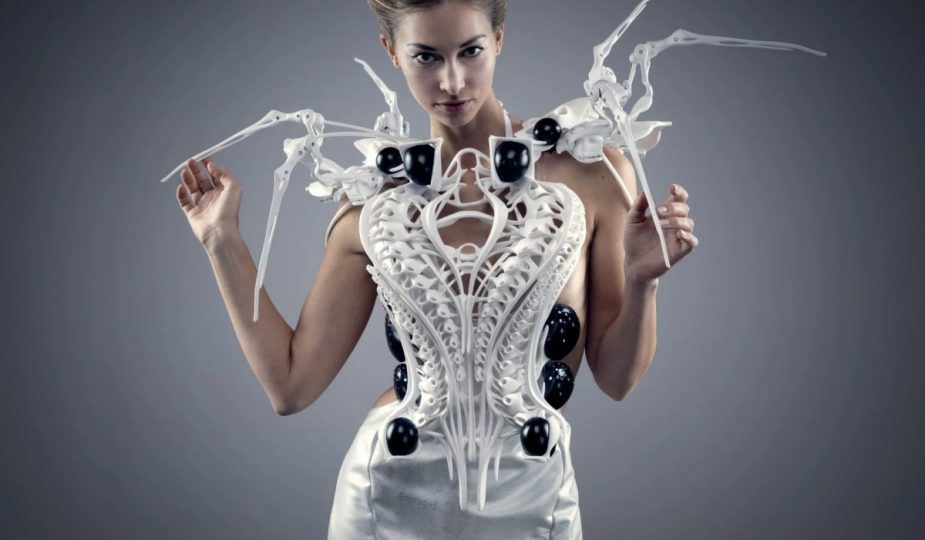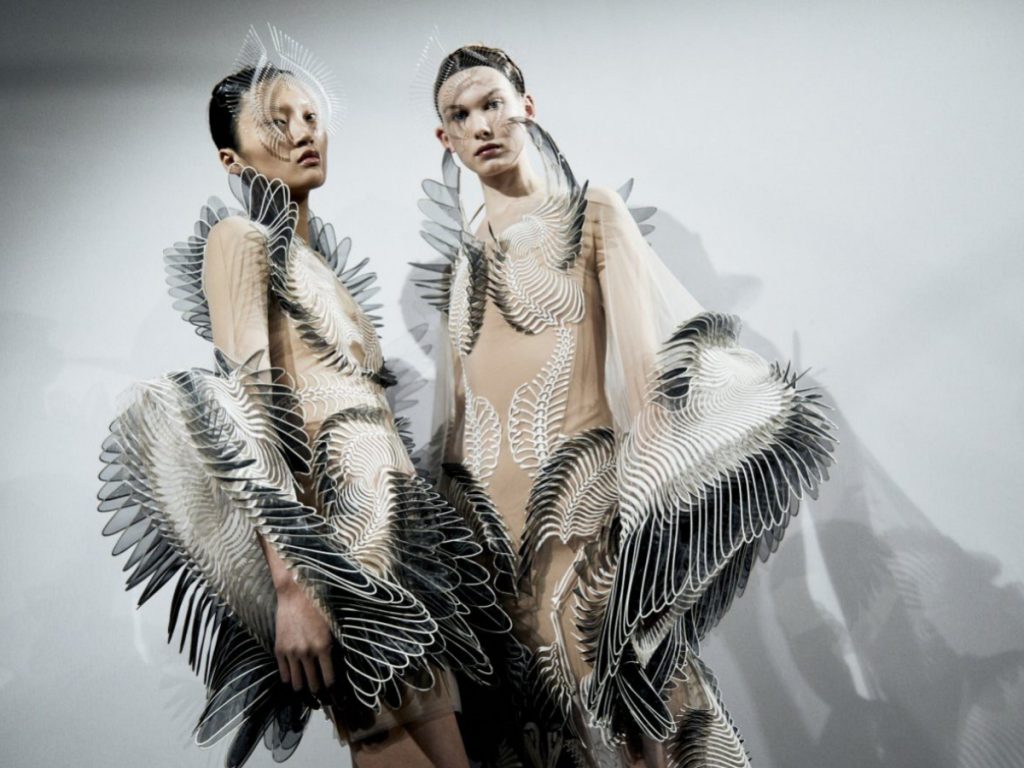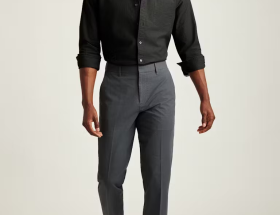
Influence of Technology on Fashion Design
Affiliate Disclosure: This site may contain links to affiliate websites, and we receive an affiliate commission for any purchases made by you on the affiliate website using such links.
The integration of technology into fashion design is revolutionizing the industry, offering unprecedented possibilities in creativity, efficiency, and sustainability. Digital tools and technologies like 3D printing, artificial intelligence (AI), and virtual reality (VR) are transforming how designers conceptualize, create, and present their work.
3D printing is one of the most groundbreaking technologies impacting fashion design. It allows designers to create intricate patterns and structures that were previously impossible with traditional methods. This technology enables rapid prototyping, allowing for faster experimentation and iteration. Designers can produce customizable, made-to-order pieces, minimizing waste and promoting a sustainable approach to fashion. 3D printing also encourages innovation in materials, as designers experiment with new, sustainable substances that can be printed into wearable art.

AI is another transformative force in fashion design, offering new levels of creativity and efficiency. By analyzing vast amounts of data, AI can predict trends and consumer preferences, helping designers create collections that resonate with their audience. AI-driven design tools assist in generating pattern ideas, optimizing production processes, and even personalizing shopping experiences. This technology allows designers to focus more on the creative aspects while AI handles the analytics, leading to a more efficient workflow.
Virtual reality is reshaping the way fashion is showcased and experienced. VR fashion shows and virtual fitting rooms offer immersive experiences that go beyond traditional formats. Consumers can explore collections in a virtual environment, trying on clothes without the need for physical samples. This not only reduces the environmental impact of producing multiple physical prototypes but also expands access to fashion globally, allowing brands to reach wider audiences without geographical constraints.
The benefits of these technologies extend to sustainability as well. By reducing waste, optimizing resource use, and enabling more accurate demand forecasting, digital tools contribute to a more sustainable industry. They allow for more conscious production and consumption, aligning with the growing demand for eco-friendly fashion practices.
In conclusion, technology is playing a pivotal role in the evolution of fashion design, enhancing creativity, efficiency, and sustainability. As digital tools continue to advance, the fashion industry is set to become more innovative and environmentally conscious, paving the way for a future where technology and fashion seamlessly intersect to create truly remarkable designs.







